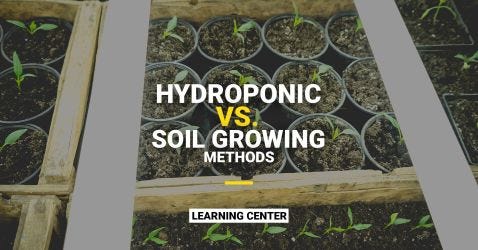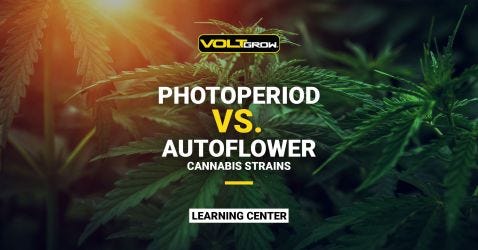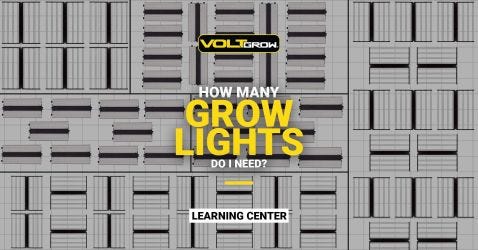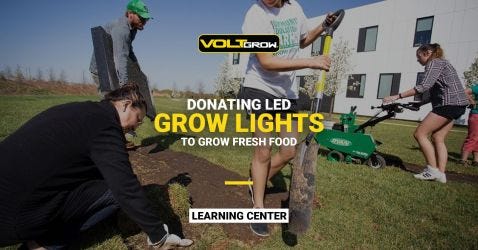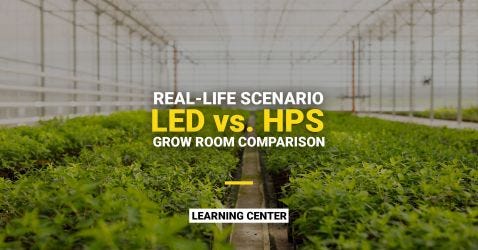What is indoor horticulture?
The phenomenon of growing plants indoors is not entirely new. Scientists began conducting experiments with growing plants indoors as far back as 1627, but it has come a long way since then. Modern hydroponics allows you to grow plants indoors in a completely controlled environment.
Instead of relying on nature to offer what a plant needs, the cultivator can give each plant the exact amount of nutrients, water, and light needed to optimize the growth of the plant year-round. By using artificial lighting, growers are able to replicate the sun in an environment that they have more control over. This allows cultivators to harvest many more times per year than would normally be allowed by growing outdoors, where you are at the whim of seasonal changes. Additionally, the controlled environment offers an increased level of protection from insects and diseases, reducing the need for potentially dangerous pesticides and reducing the number of crop failures.
Modern indoor grow rooms implement techniques such as CO2 enrichment, drip irrigation and nutrient delivery systems in order to grow plants of higher quality and in greater quantity. That said, one of the most important factors of any indoor cultivation is lighting.
What role do grow lights play?
The sun provides the energy for life to flourish. Plants have evolved for millions of years to effectively use the light it produces to create the energy they need grow and propagate. When moving your cultivation indoors, one of the first things you need to think about is how you are going to replicate it. Traditionally this was done using high-intensity discharge light sources like high-pressure sodium (HPS) and ceramic metal-halide (CMH). In more recent years, improvements in the cost and output of LED technology have allowed a new generation of grow lights to take the stage.

All of these lights use electricity to produce photons (light particles) that can be used by the plants for photosynthesis the same way the plants would use the photons produced by the sun. Plants use photons of a certain wavelength (or color, as the human eye sees it) to produce energy. The wavelength range of photons that are readily used for photosynthesis is called “photosynthetically active radiation,” or PAR. A grow lights output is determined by the amount of PAR produced by a light per second, which is known as its PPF (Photosynthetic Photon Flux). Another metric you may run across is PPFD, which measures the density of PPF in the area underneath a grow light. It is one of the most important numbers to track as it tells you how much of the light being produced will reach the plants you are growing.
What makes a grow light “good?”
The amount of light produced is extremely important and directly linked to the concentration of chemical compounds and the overall yield of each crop. A study conducted by researchers at the University of Mississippi determined that you can achieve maximum plant growth with marijuana once you reach a PPFD of 1500 µmol/s/m2. Most cultivators will aim for a PPFD of at least 1000 µmol/s/m2 for plants in the flowering stage of growth. For reference, that is a similar amount of light as a sunny day with no clouds. In other words, requires an extremely large and intense amount of light in order to grow optimally, so the grow lights you use need to be able to meet those demands.
The quality of that light is just as important as the quantity. These plants evolved to use the sun for energy, so mimicking the spectrum light produced by the sun is something grow light companies now aim to do. This means using full spectrum light, which appears bright white to the human eye. HID lights are limited in the spectrum of light they are capable of producing because they use a single HPS or CMH lamp, which are only capable of emitting specific types of light. LEDs are capable of emitting many different kinds of light depending on the type of LED chip used. LED grow lights use hundreds of these chips and can combine different varieties to tailor the ideal light spectrum for plant growth.

Efficacy is also important when comparing grow. This is essentially how good the light is at converting electricity into light that can be used by the plant. Efficacy is measured using µmol/J, which looks at how much PPF (measured in µmol/s) is produced for each watt of energy consumed. This is an important metric to track as a grow light with a higher efficacy allows cultivators to spend less money on electricity while producing the same amount of light. A double-ended HPS fixture like the one made by Eye Hortilux can produce 1950 µmol/s while using 1000W of power, giving it an efficacy of 1.95 µmol/J. Our grow light for flowering plants can produce 2000 µmol/s while using only 720W, giving it an efficacy of 2.7 µmol/J. That makes the VOLT® Grow FL-1 light nearly 30% more efficient than the 1000W DE HPS fixture.


